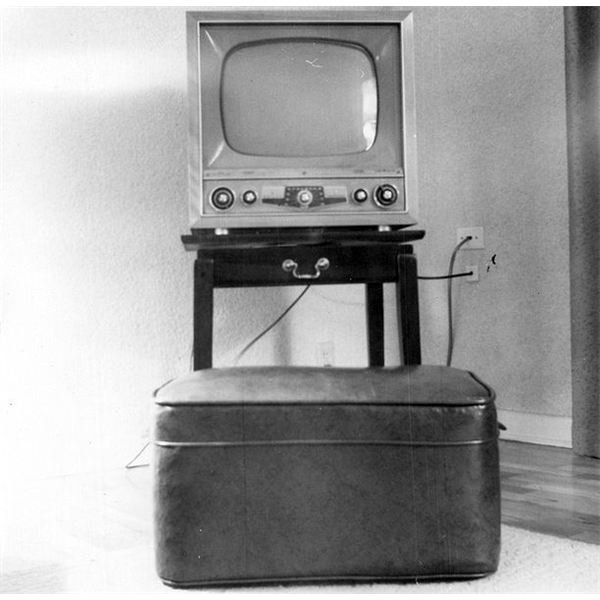How pixels in high-definition television work, the difference between LCD & plasma HDTVs
How TV Works
Up close, you can see the connectivity in how old and new TV works: Pixels.
From there, though, the workings of HDTV turned to the binary code system within the world of digital electronics. It’s a puzzle why America didn’t have a Eureka moment and latch on to the concept long before Japan did. Yes, we still wonder when the concepts of how HDTV works for both LCD’s and Plasma screens are still relatively easy to understand:
Pixels and Frame Rates
As mentioned, stand close to a 720p HDTV rather than a 1080p set. This is the only way to see how many pixels HDTV takes over analog pixels that were more visible standing close to the screen. Of course, 1080p has so many pixels, we can’t see them with the naked eye. But it’s the only thing that connects analog TV to HDTV is an electron hitting a pixel to collectively form a picture.
To show how many electrons have to hit those pixels, you’d have to generate dozens of electrons per second just to get halfway to hi-def. Back in the day of analog, however, those generated electrons were produced from simple radio waves.
When hi-def TV’s were created, those electrons were sent via binary codes–otherwise known as the familiar series of 1’s and zeros. If you know the basics of how computers worked from the beginning, you know that digital derives from the use of binary codes to form a superior picture.
That particular superior picture is enhanced even more when the binary codes are sent from internal guns in the HDTV to the screen’s pixels at a certain rate of speed. The faster this frame rate, the better picture as is the case in the more expensive HDTV’s on the market. However, the frame rate can vary depending on whether you buy an interlacing HDTV or one with the progressive scan feature.
General consensus says that progressive scan HDTV’s (where the “p” comes from in 1080p) has the better picture due to digital signals being received all at once. Interlaced signals are sent twice to capture all the missed pixels.
LCD & Plasma HDTVs
Debates over LCD and Plasma HDTV’s go on and on, even though LCD’s have inarguably taken over the main market in popularity as of this writing. It’s the workings of an LCD’s picture that ultimately gives them astounding clarity at a cheaper price. In simple terms, a backlight shines a light through liquid crystals located between rows of pixels behind the screen. The liquid crystals use a twisting motion to either block the backlight or not–hence bringing a better picture when needed.
Plasma TV’s have no liquid crystals or backlight system to break down at some indefinite time. They also have a more natural color scheme some people find easier to watch, unlike a backlight that makes the picture excessively brighter.
